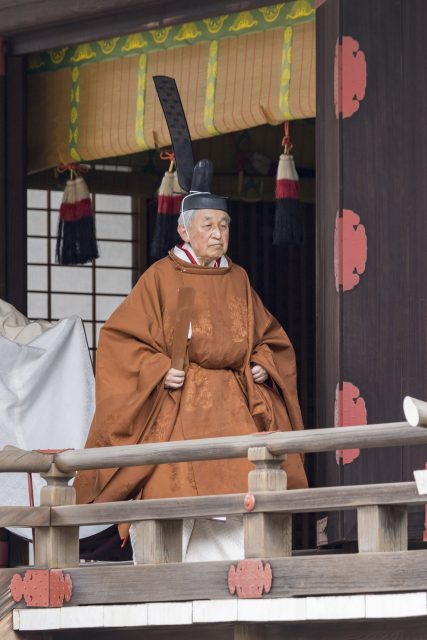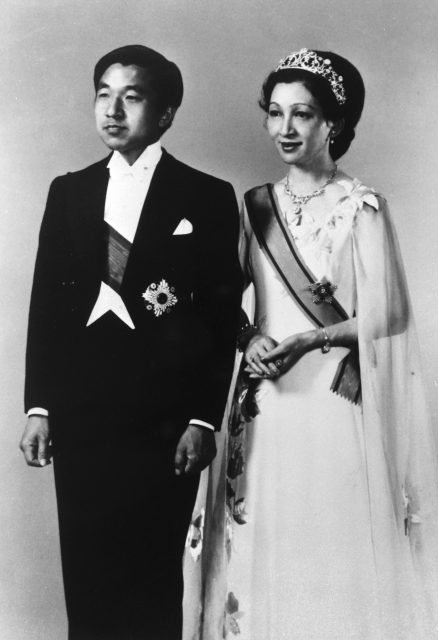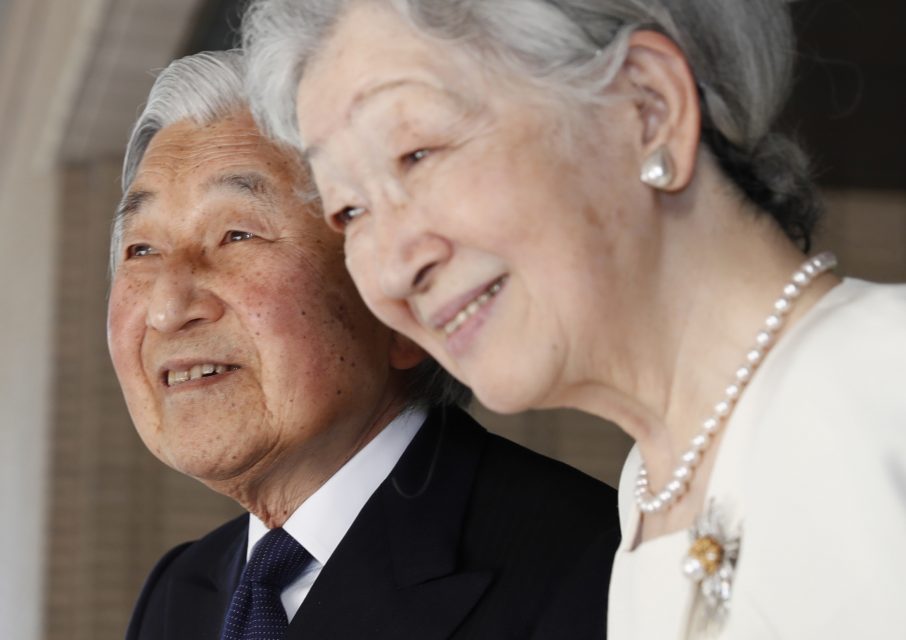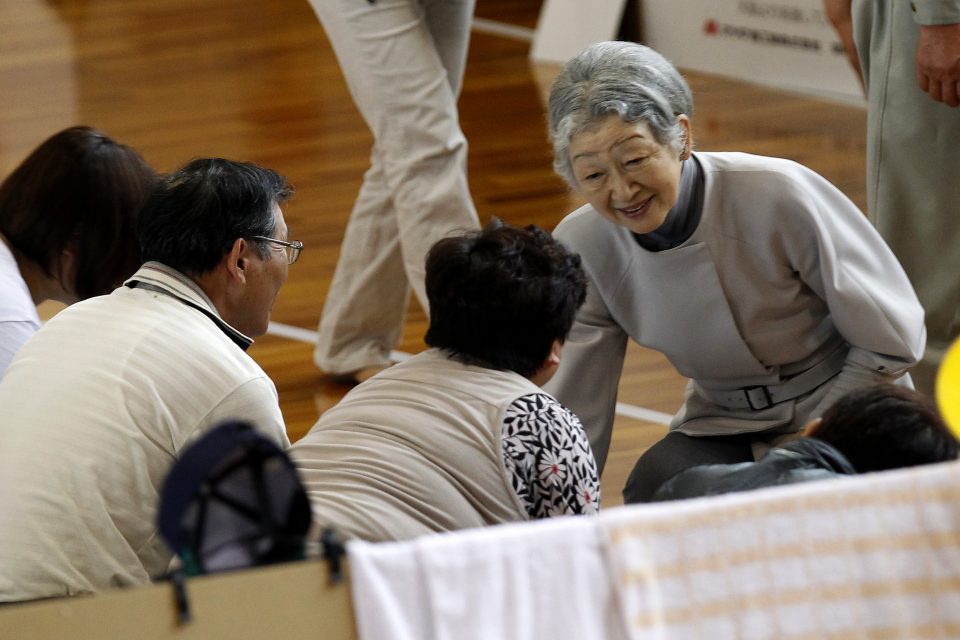
by Hiroshi HIYAMA
Japan’s outgoing Emperor Akihito and Empress Michiko dramatically modernised the tradition-bound monarchy, bringing themselves closer to the public and boosting popular support for the household.
Akihito has broken new ground with everything from his decision to marry for love to his outspoken calls for peace and expressions of regret over Japan’s wartime role.
His approach has at times unsettled those who view the emperor as a divine priest meant to inspire awe, but it has won him broad respect and popularity.
Born in 1933 just as Japan was embarking on its militaristic sweep across Asia, Akihito was 11 when World War Two ended in defeat.
He inherited the Chrysanthemum Throne in 1989, becoming Japan’s 125th emperor upon the death of his father, Emperor Hirohito.
Hirohito’s rule saw aggressive expansionism by Japan that resulted in the war’s devastation, but also the institutionalised pacifism of the post-war constitution drafted by US occupying forces.
Hirohito was kept on the throne after the war but his status was downgraded from a semi-divine sovereign to a figurehead with no political power.
Akihito embraced that new role and quietly parted from tradition that had kept emperors away from common people.


– A modern touch –
He was the first imperial heir to marry a commoner, Michiko Shoda, daughter of a flour magnate.
She was born in 1934 in Tokyo and attended the exclusive all-girls Sacred Heart School before studying English literature at its university.
The two met at a tennis tournament and married in 1959 in a wedding that fuelled a media frenzy.
The then-crown prince’s decision to buck a traditional arranged marriage and wed for love was seen as a powerful affirmation of democratic Japan.
The young couple also chose to live with their children rather than allowing nannies to raise them as had been customary.
But their new ways fuelled some criticism inside the palace and beyond, and Michiko faced relentless scrutiny, especially in the early years of the marriage.
She gave birth to now-Crown Prince Naruhito in 1960 but suffered a miscarriage three years later, withdrawing from public life for a period.
Her second son, Prince Akishino, was born in 1965, and she has continued to suffer bouts of stress-related illness reportedly linked to criticism by hardliners and tabloid gossip.
Her supporters, however, credit her with introducing a modern touch to the imperial household, including showing Akihito how to crouch down or kneel when visiting disaster victims or people with disabilities.

The pair have come to be known for their presence at the side of survivors of disasters.
After the 2011 killer earthquake and tsunami that triggered the Fukushima nuclear meltdown, Akihito made an unprecedented television address to calm a panicky public.
The couple were in Fukushima two months later, shrugging off the view of purists who asserted the emperor’s primary duty was to offer prayers, not meet his subjects.
The wider public however has cheered the couple’s displays of compassion and relative closeness to the people, something Naruhito has pledged to continue.
Akihito’s popularity has been seen as allowing him to voice opinions that sail close to the wind given the prohibition on a political role for the emperor.
In particular, he has made clear his opposition to nationalism and expressed “deep remorse” for Japan’s actions during World War Two in remarks sometimes seen as a rebuke of nationalist Prime Minister Shinzo Abe.
In a landmark 1992 trip to China, Akihito said Japan had “inflicted great suffering on the people of China”, adding “I deeply deplore this”.
And while he never visited South Korea, he has voiced “deepest regrets” for the suffering of Koreans during Japan’s brutal 1910-1945 rule of the Korean peninsula.
He even said there could be Korean blood in his family — an unthinkable assertion for those who place great store in the supposed purity of the Japanese monarchy.
To end his reign, Akihito again broke new ground by making a televised plea in 2016 to essentially ask the public to let him abdicate.
It prompted parliament and the government to make an exception to the existing law, which forces emperors to serve until their deaths, so that Naruhito could replace him.
In the address, he said he had “spent my days searching for and contemplating on what is the desirable role of the Emperor”.
“I sincerely hope for your understanding,” he said.
© Agence France-Presse







